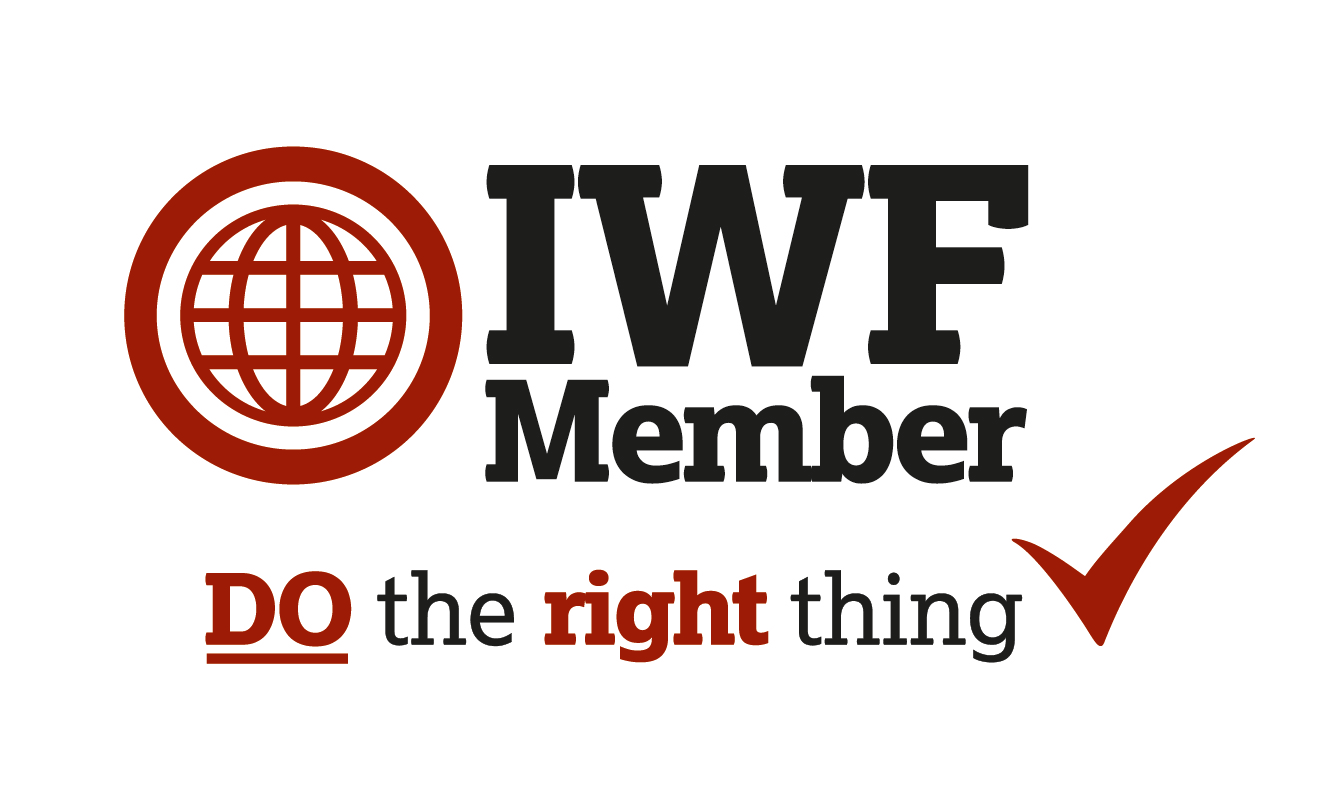
We are pleased to announce our new resource, Wellbeing Connected – Promoting Mental Health and Well Being support in Primary Schools. This open access resource has been designed to bring the key information in both video and text format with a quick and accessible interface for schools.
An NHS Survey in 2017 found that 12.8 percent of five to 19-year-olds had at least one mental disorder when assessed, with emotional disorders being the most common disorder among school-age children, affecting 8.1 per cent.
The Teacher wellbeing Index 2018 found that more than three-quarters of teachers surveyed experienced work-related behavioural, psychological or physical symptoms and more than half were considering leaving the profession due to poor health.
Schools are in a unique position when it comes to the mental health of the children in their care, to shape and influence the mental health and wellbeing of their pupils and prepare them for the challenges and opportunities ahead. As school staff juggle a multitude of demands, it is essential that everyone within a school community is given the right support so that they in turn can support the pupils in their care. In addition to having a positive impact on colleagues and children, staff wellbeing can improve performance and job satisfaction, which can lead to reduced staff turnover. It can also help to reduce absence (both short and long term), increase productivity and promote staff engagement resulting in a flourishing school environment.
The Wellbeing Connected for Primary Schools resource has been designed to bring the key information featuring experienced practitioners through video and text format with a quick and accessible interface. The resource is grouped into the following areas:
- Why Wellbeing?
- Staff Wellbeing
- Pupil Wellbeing
- Community Wellbeing
- Whole School Approach
- Resources and further links
The portal is designed to be used by staff within schools to plan their whole school approach to Mental Health and Wellbeing and how all parts of the school community can be supported. The expert video clips, information packs and carefully curated external links are provided for staff to deliver comprehensive support.
The video below is just one from many featured on the resource and looks at the importance of Mental Health in schools.
Alongside videos, there are also template policies, wellbeing questionnaires and guidance for schools to use and adapt as well as thinking points that can be used as part of staff development looking at the importance of wellbeing for staff, the community and for the video below the importance of Mental Health and Wellbeing for pupils.
Alongside the videos and guidance are top tips from school leaders who have been recognised for their work in promoting Mental Health and Wellbeing. There are also book lists for EYFS/KS1/KS2 and staff that include a range of books that can be used in the classroom as well as to further support all staff in school. An app list is also included featuring a range of free apps for use by students and staff.
“This important resource for all primary schools is the result of our insights working across schools in London and beyond, day in day out. LGfL is uniquely placed to work across a wide range of different contexts and the guidance provides captures the best approaches that we have seen and think others will benefit. It features practical and replicable approaches that can be adapted to each school context for the benefit of the whole school community”. Bob Usher Content Manager LGfL
We hope that this open access resource can be used by all schools to enable them to plan for and deliver effective wellbeing approaches in their schools. Please let us know on either our Twitter or Facebook pages if you use this resource in school.





 I have sometimes given out egg timer certificates for different lengths of time to incentivise those who need something a little more concrete to show how they are learning to pay attention to the present moment on purpose for increasing amounts of time.
I have sometimes given out egg timer certificates for different lengths of time to incentivise those who need something a little more concrete to show how they are learning to pay attention to the present moment on purpose for increasing amounts of time.
